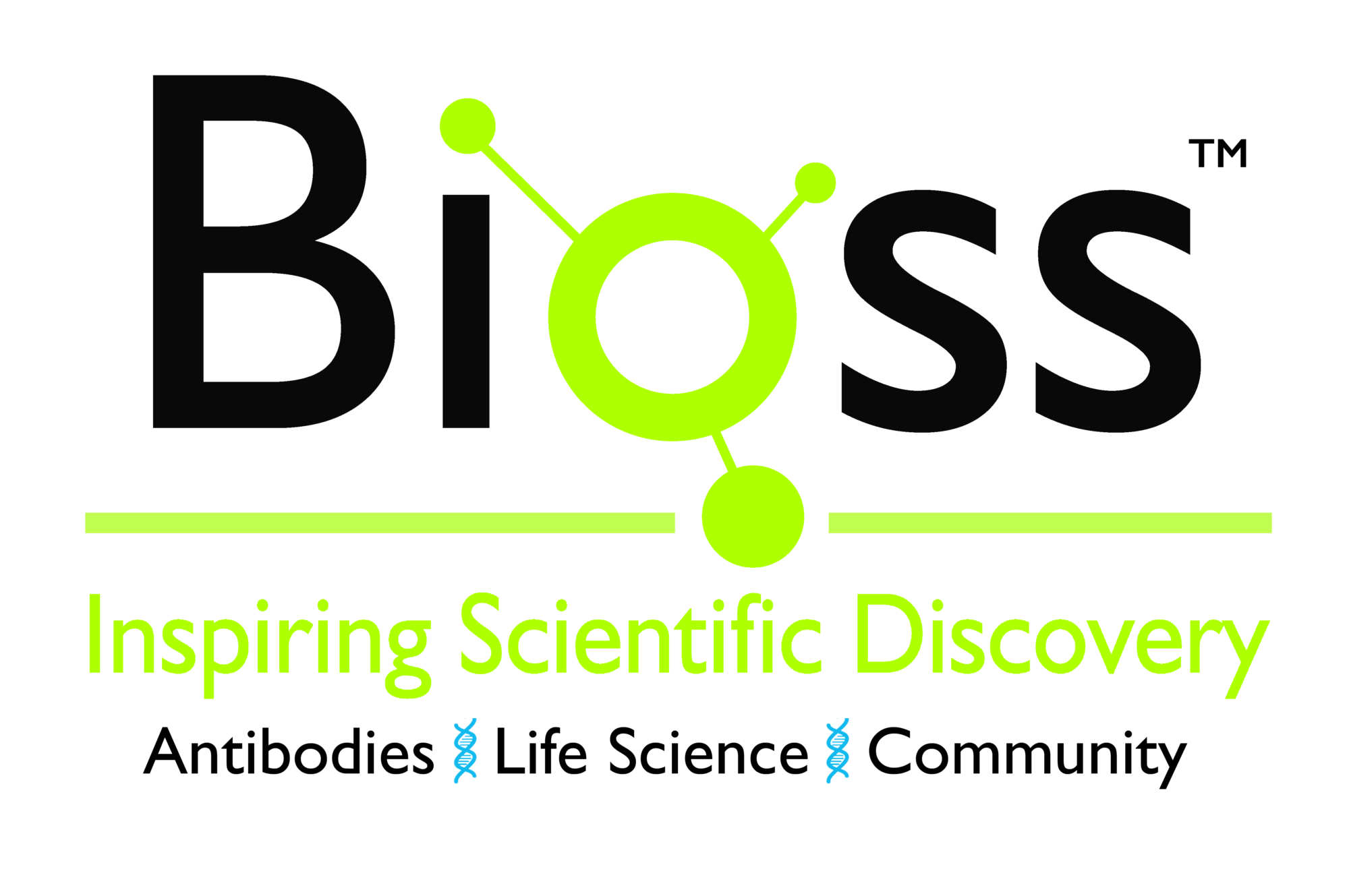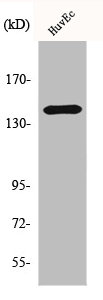MAP4K4 antibody
GTX116008
ApplicationsImmunoFluorescence, Western Blot, ImmunoCytoChemistry, ImmunoHistoChemistry, ImmunoHistoChemistry Paraffin
Product group Antibodies
ReactivityHuman
TargetMAP4K4
Overview
- SupplierGeneTex
- Product NameMAP4K4 antibody
- Delivery Days Customer9
- Application Supplier NoteWB: 1:500-1:3000. ICC/IF: 1:100-1:1000. IHC-P: 1:100-1:1000. *Optimal dilutions/concentrations should be determined by the researcher.Not tested in other applications.
- ApplicationsImmunoFluorescence, Western Blot, ImmunoCytoChemistry, ImmunoHistoChemistry, ImmunoHistoChemistry Paraffin
- CertificationResearch Use Only
- ClonalityPolyclonal
- Concentration0.19 mg/ml
- ConjugateUnconjugated
- Gene ID9448
- Target nameMAP4K4
- Target descriptionmitogen-activated protein kinase kinase kinase kinase 4
- Target synonymsFLH21957, HEL-S-31, HGK, MEKKK4, NIK, mitogen-activated protein kinase kinase kinase kinase 4, HPK/GCK-like kinase HGK, MAPK/ERK kinase kinase kinase 4, MEK kinase kinase 4, Ste20 group protein kinase HGK, epididymis secretory protein Li 31, hepatocyte progenitor kinase-like/germinal center kinase-like kinase, nck-interacting kinase
- HostRabbit
- IsotypeIgG
- Protein IDO95819
- Protein NameMitogen-activated protein kinase kinase kinase kinase 4
- Scientific DescriptionThe protein encoded by this gene is a member of the serine/threonine protein kinase family. This kinase has been shown to specifically activate MAPK8/JNK. The activation of MAPK8 by this kinase is found to be inhibited by the dominant-negative mutants of MAP3K7/TAK1, MAP2K4/MKK4, and MAP2K7/MKK7, which suggests that this kinase may function through the MAP3K7-MAP2K4-MAP2K7 kinase cascade, and mediate the TNF-alpha signaling pathway. Alternatively spliced transcript variants encoding different isoforms have been identified. [provided by RefSeq]
- ReactivityHuman
- Storage Instruction-20°C or -80°C,2°C to 8°C
- UNSPSC12352203
References
- Hsu YH, Yao J, Chan LC, et al. Definition of PKC-α, CDK6, and MET as therapeutic targets in triple-negative breast cancer. Cancer Res. 2014,74(17):4822-35. doi: 10.1158/0008-5472.CAN-14-0584Read this paper


![WB analysis of truncated Trx-MAP4K4 recombinant protein (1), MBP-MAP4K4 (aa300-400) recombinant protein (2) and MAP4K4(aa194-436)-hIgGFc transfected CH0-K1 cell lysate(3) using GTX83189 MAP4K4 antibody [3C7B5].](https://www.genetex.com/upload/website/prouct_img/normal/GTX83189/GTX83189_20170912_WB_w_23061322_915.webp)
![WB analysis of truncated Trx-MAP4K4 recombinant protein (1), MBP-MAP4K4 (aa300-400) recombinant protein (2) and MAP4K4(aa194-436)-hIgGFc transfected CH0-K1 cell lysate(3) using GTX83190 MAP4K4 antibody [4H9E7].](https://www.genetex.com/upload/website/prouct_img/normal/GTX83190/GTX83190_20170912_WB_w_23061322_545.webp)


